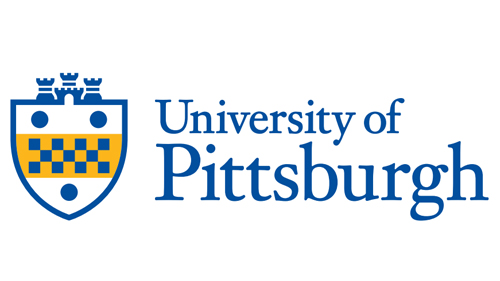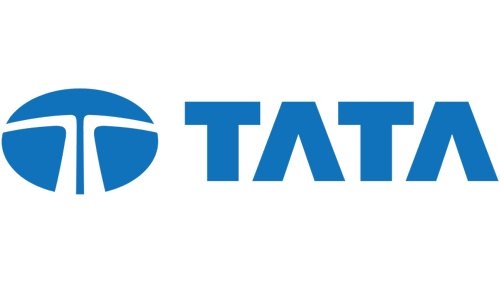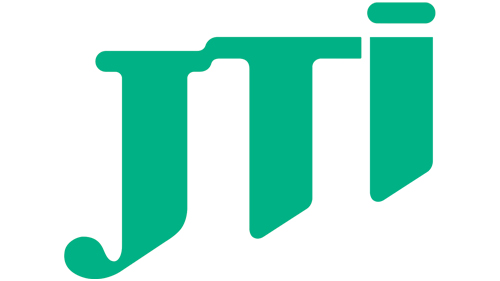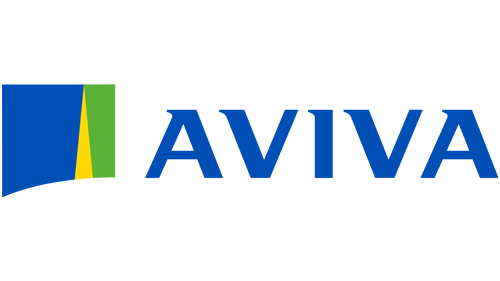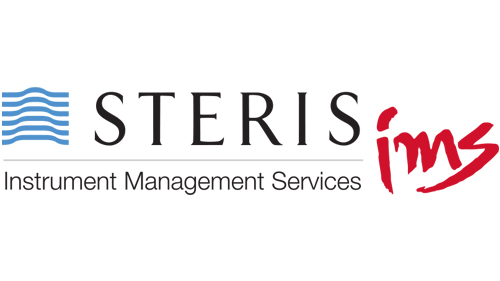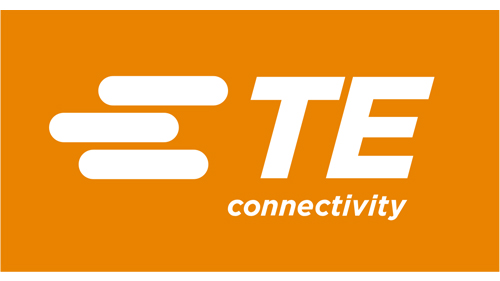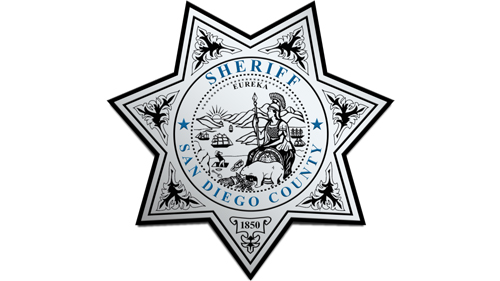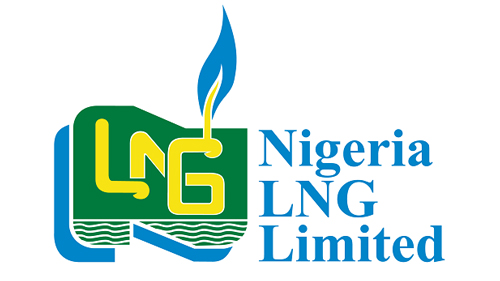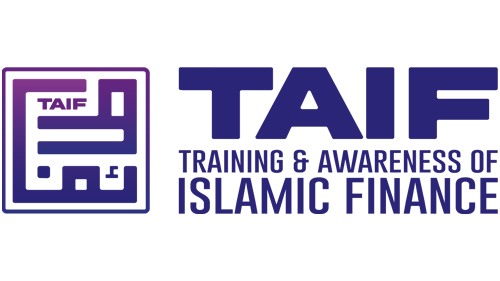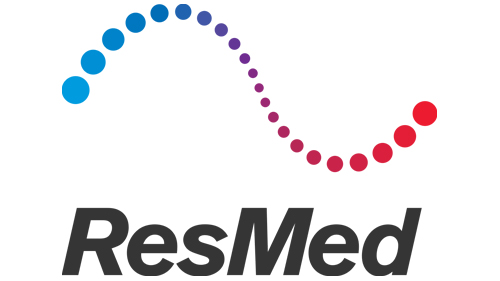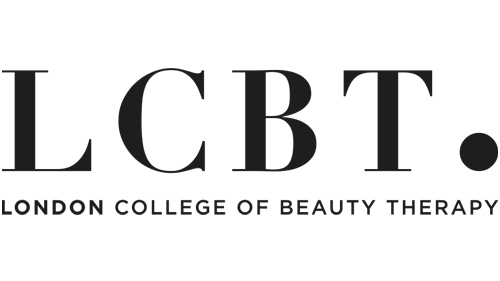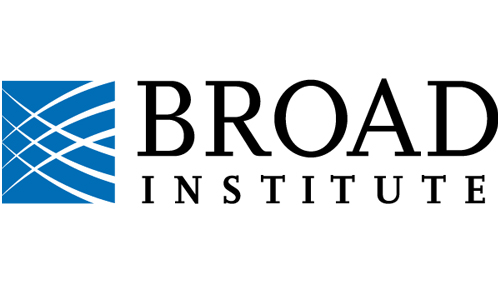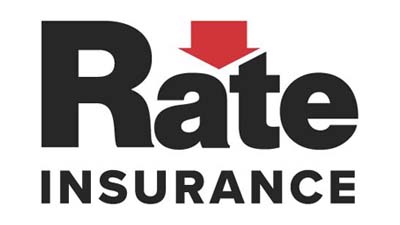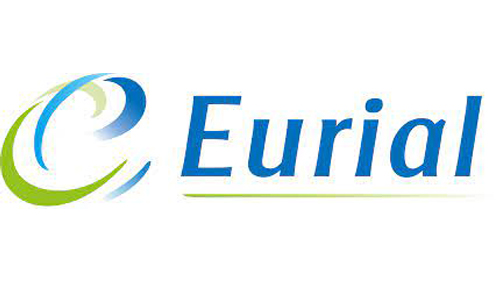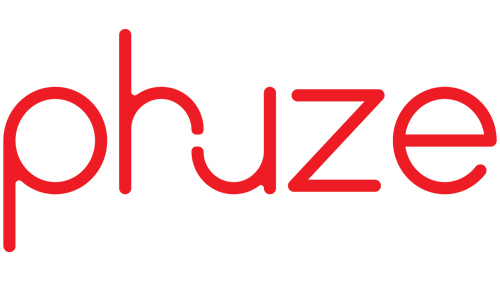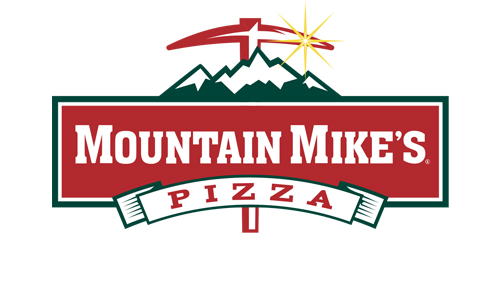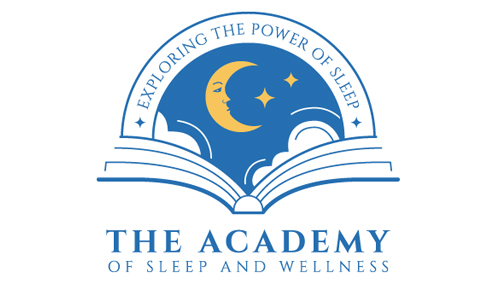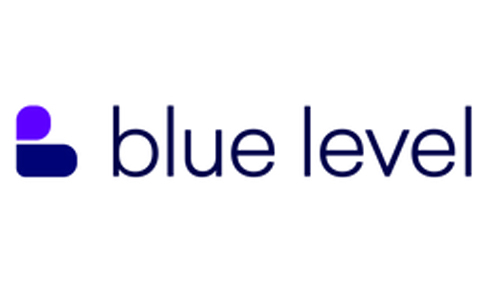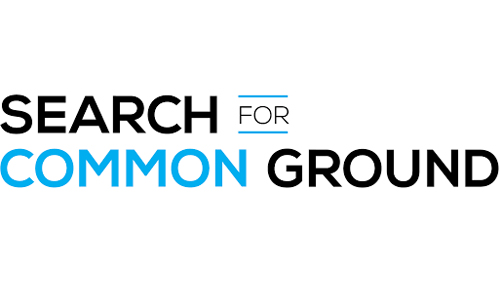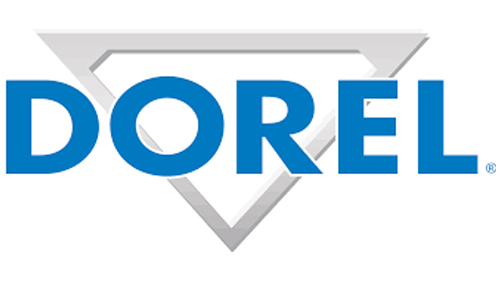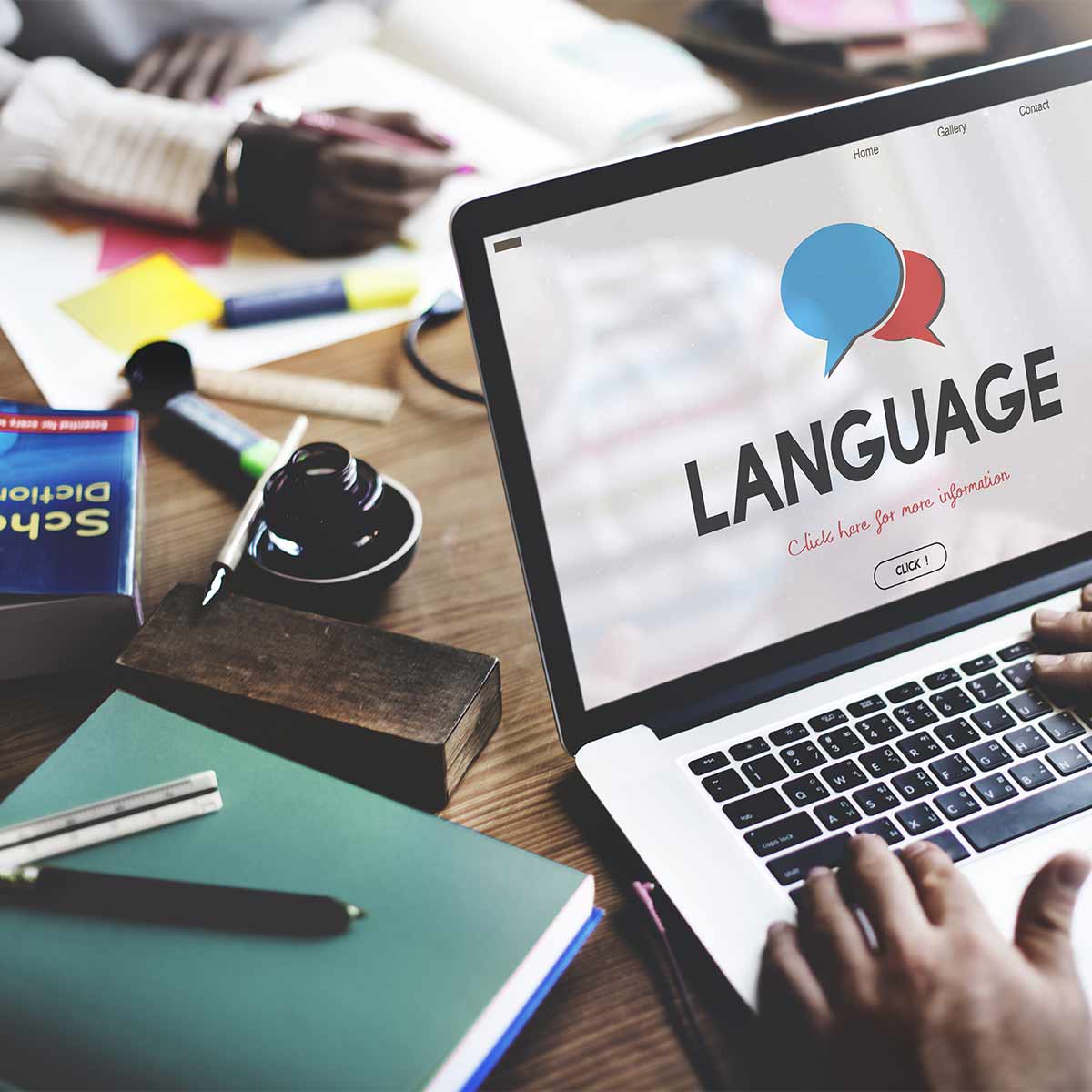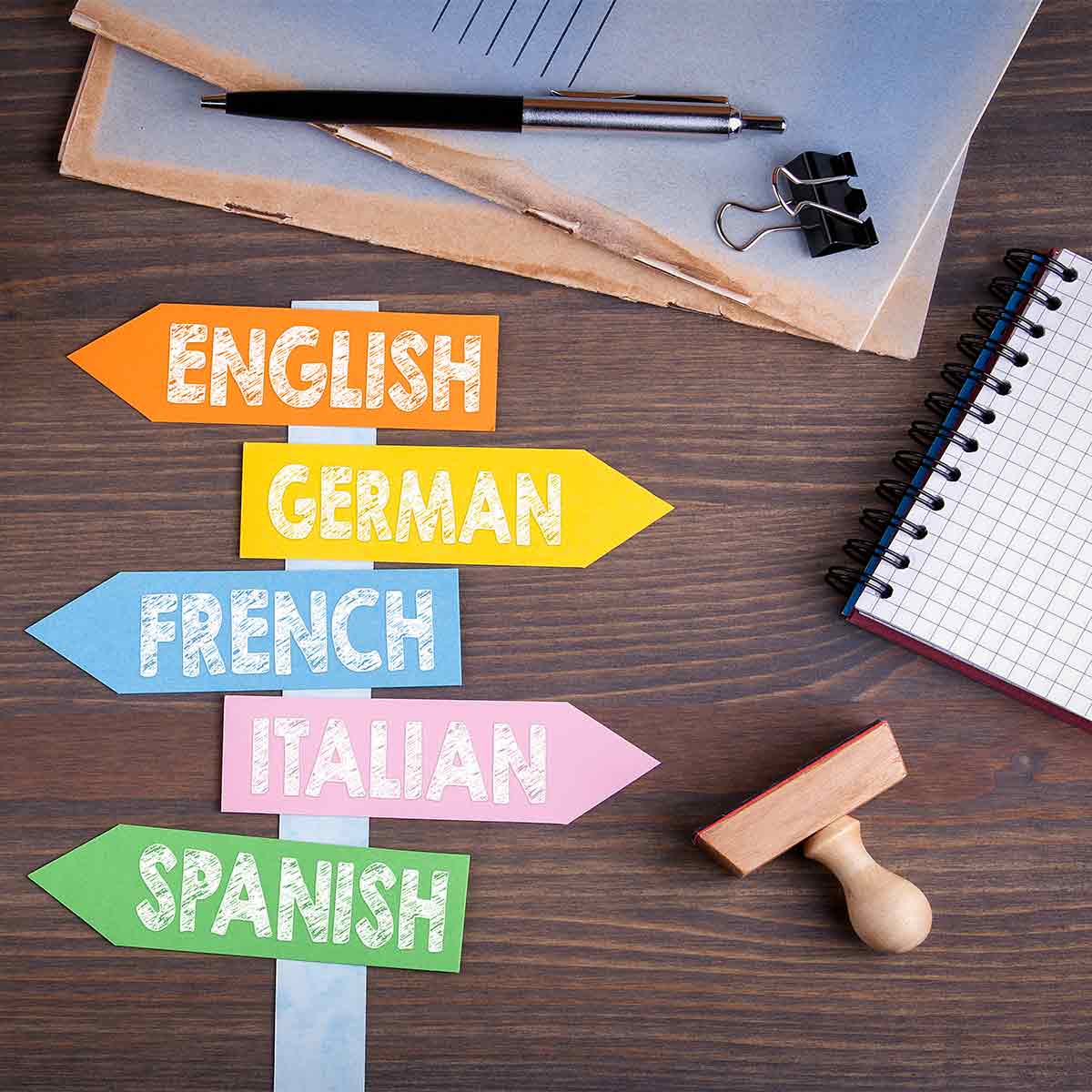What is eLearning Course Localization?
eLearning Course localization and translation is a service that acknowledges that learners from two different parts of the world are not the same. This awareness is essential for institutions and businesses that cater to or want to start catering to a wider range of locations.
Translation adapts a course from one language to another. On the other hand, localization retains the original intent and meaning of learning materials while adjusting culture-specific elements to suit different groups of learners.
Translation and localization let you expand your learner base while keeping your subject matter standardized and uniform.
Key Considerations for Engaging an eLearning Course Localization Partner
Learning Everest’s Approach to eLearning Course Localization
Why Choose Us?
Lean and Agile Workflow
Lean and Agile Workflow
We follow a highly efficient workflow for our localization projects by reusing assets wherever possible and working on pre-approved storyboards and courses that have already been screened for quality.
Consistent Communication Loops
Consistent Communication Loops
We involve our clients at each step of the instructional design process by giving them consistent updates and information about the project’s progress. With the help of client feedback and suggestions, we refine our deliverables to fulfill the vision they came to us with.
Benefits of eLearning Course Localization
Client Success
The client is a North American family-style pizza chain known for its extra-large 20-inch pizzas. The chain also serves non-alcoholic and alcoholic beverages, popular sides like garlic bread and wings, desserts, salads, etc. Customers can dine in at the restaurant or order in through food delivery services.
The chain has been around since the 1970s and is based in 250+ locations across the US. Their total system sales (TSS) reached a whipping US$254 million in 2022. In 2022 alone, they opened 30 new locations and expressed further plans to expand their presence in local restaurant communities. Given the time they have spent in this industry as well as their expansive reach, the franchise has made its way into the top 10 of notable restaurant chain rankings.
Apart from its extra-large pizzas, the brand is known for its generous toppings that offer a delectable blend of textures and freshly made dough.
We worked with the client to build bite-sized microlearning modules for their restaurant staff. Over the course of the partnership, we built 20+ microlearning courses of 10 minutes or less that could be consumed within the flow of work.
The client chose Learning Everest because they were looking for high-quality services at a competitive price with a quick turnaround time. Additionally, our experience with other clients from the food and beverage industry and microlearning design and development made us an even more apt choice.
Being in the food and beverage industry, food quality, hygiene, and the quality of delivery and customer services were of utmost importance to attract and retain customers and stay out of regulatory trouble.
Thus, each process essential to the functioning of an outlet needed to be performed appropriately. Errors on the part of one unit could easily lead to a domino effect and impact the quality of products and services their consumers received.
However, food service outlets are usually fast-paced environments where the entire crew needs to work in collaboration round the clock. Thus, the client wished for a quick and flexible training solution and opted for microlearning.
First, all the processes involved in receiving, preparing, serving/delivering orders, and ensuring food safety and hygiene were delineated and broken down into clear steps.
Each process was turned into a short and engaging microlearning module that learners would be able to quickly learn from and retain the information.
The maximum duration of these courses was 10 minutes to ensure learning in the flow of work instead of learning that disrupts the flow of work. Each course also had a responsive design, which meant that learners could attend them on their phones, as well.
The content was simple but multimodal and interactive learning strategies were vital to ensure learner engagement and a positive learning experience. We used a mixture of pictures, videos, dynamic text, tabs, checklists, and click-and-reveal interactions to facilitate this.
Trusted By World’s Leading Organizations
